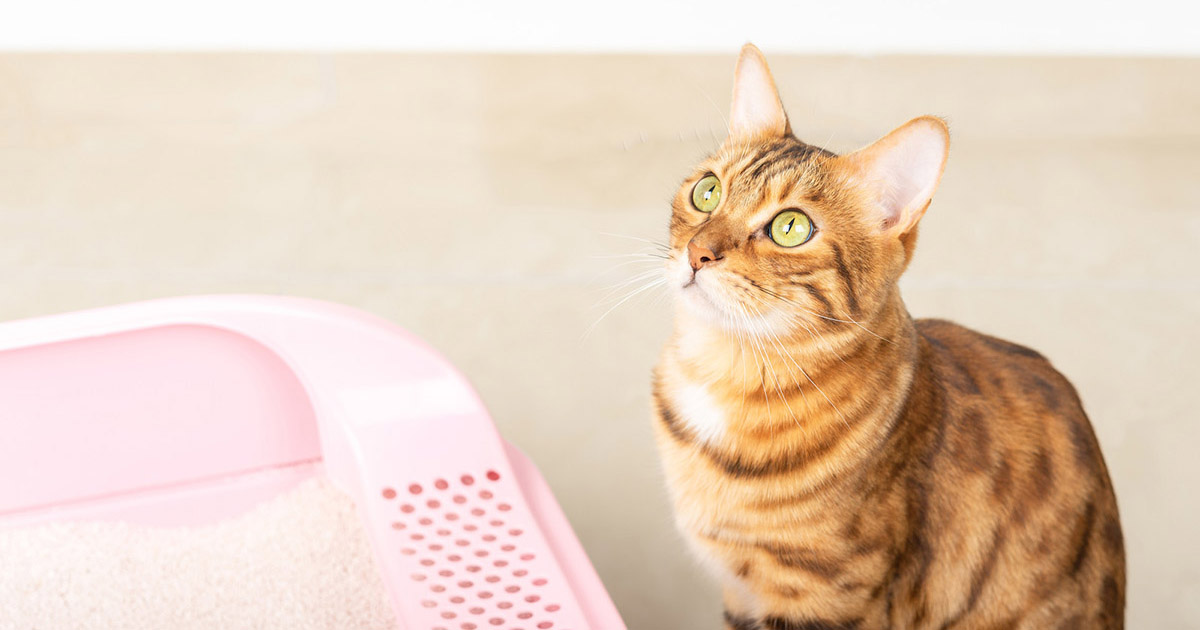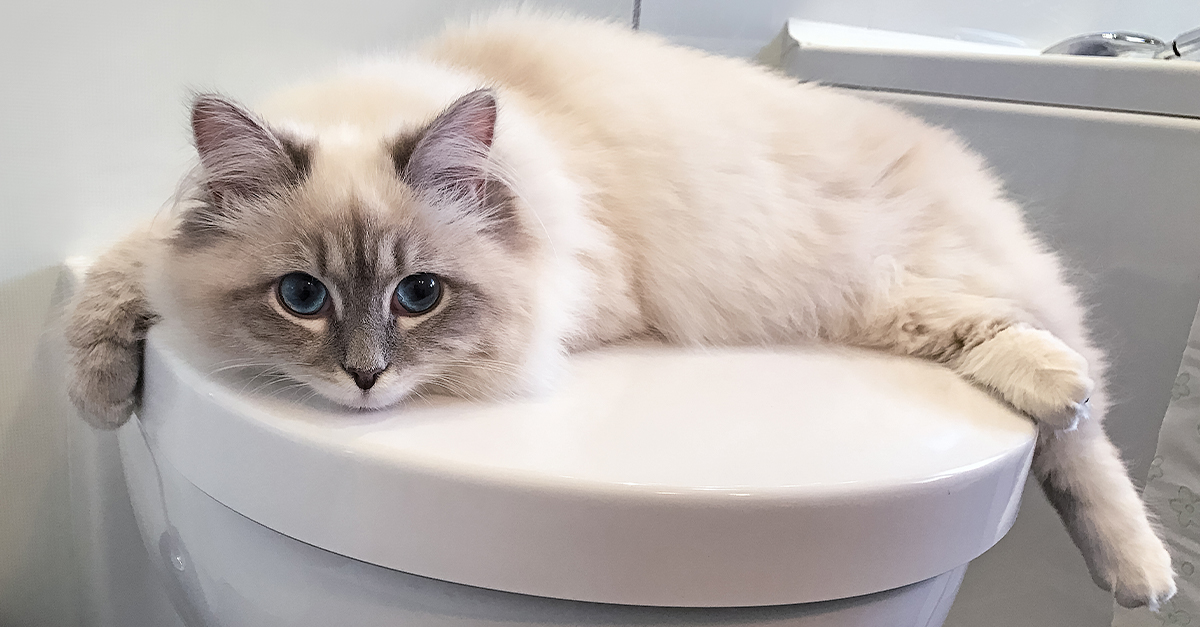Prevent Bathroom Emergencies: Never Flush Cat Poop Down Your Toilet - Expert Guidance
Prevent Bathroom Emergencies: Never Flush Cat Poop Down Your Toilet - Expert Guidance
Blog Article
This article listed below about How to Dispose of Cat Poop and Litter Without Plastic Bags is pretty much entertaining. Check it out for your own benefit and decide what you think about it.

Introduction
As cat proprietors, it's important to be mindful of just how we take care of our feline good friends' waste. While it might seem hassle-free to flush cat poop down the commode, this method can have detrimental effects for both the atmosphere and human health.
Alternatives to Flushing
The good news is, there are much safer and extra accountable ways to dispose of feline poop. Consider the adhering to alternatives:
1. Scoop and Dispose in Trash
One of the most common approach of getting rid of cat poop is to scoop it into a biodegradable bag and throw it in the garbage. Be sure to utilize a dedicated trash inside story and get rid of the waste without delay.
2. Use Biodegradable Litter
Select biodegradable feline clutter made from materials such as corn or wheat. These trashes are eco-friendly and can be safely thrown away in the garbage.
3. Bury in the Yard
If you have a lawn, take into consideration burying feline waste in a marked area away from vegetable yards and water resources. Be sure to dig deep sufficient to stop contamination of groundwater.
4. Mount a Pet Waste Disposal System
Invest in a family pet garbage disposal system specifically developed for feline waste. These systems use enzymes to break down the waste, reducing odor and ecological influence.
Health Risks
In addition to environmental worries, purging pet cat waste can also position health and wellness threats to people. Pet cat feces may contain Toxoplasma gondii, a parasite that can trigger toxoplasmosis-- a potentially serious health problem, specifically for expectant females and individuals with weakened immune systems.
Ecological Impact
Purging feline poop presents unsafe pathogens and parasites into the water supply, positioning a considerable danger to marine ecological communities. These contaminants can negatively impact marine life and compromise water quality.
Conclusion
Responsible animal ownership extends beyond providing food and sanctuary-- it also entails correct waste monitoring. By avoiding purging feline poop down the bathroom and selecting alternate disposal techniques, we can reduce our environmental impact and protect human health and wellness.
Why Can’t I Flush Cat Poop?
It Spreads a Parasite
Cats are frequently infected with a parasite called toxoplasma gondii. The parasite causes an infection called toxoplasmosis. It is usually harmless to cats. The parasite only uses cat poop as a host for its eggs. Otherwise, the cat’s immune system usually keeps the infection at low enough levels to maintain its own health. But it does not stop the develop of eggs. These eggs are tiny and surprisingly tough. They may survive for a year before they begin to grow. But that’s the problem.
Our wastewater system is not designed to deal with toxoplasmosis eggs. Instead, most eggs will flush from your toilet into sewers and wastewater management plants. After the sewage is treated for many other harmful things in it, it is typically released into local rivers, lakes, or oceans. Here, the toxoplasmosis eggs can find new hosts, including starfish, crabs, otters, and many other wildlife. For many, this is a significant risk to their health. Toxoplasmosis can also end up infecting water sources that are important for agriculture, which means our deer, pigs, and sheep can get infected too.
Is There Risk to Humans?
There can be a risk to human life from flushing cat poop down the toilet. If you do so, the parasites from your cat’s poop can end up in shellfish, game animals, or livestock. If this meat is then served raw or undercooked, the people who eat it can get sick.
In fact, according to the CDC, 40 million people in the United States are infected with toxoplasma gondii. They get it from exposure to infected seafood, or from some kind of cat poop contamination, like drinking from a stream that is contaminated or touching anything that has come into contact with cat poop. That includes just cleaning a cat litter box.
Most people who get infected with these parasites will not develop any symptoms. However, for pregnant women or for those with compromised immune systems, the parasite can cause severe health problems.
How to Handle Cat Poop
The best way to handle cat poop is actually to clean the box more often. The eggs that the parasite sheds will not become active until one to five days after the cat poops. That means that if you clean daily, you’re much less likely to come into direct contact with infectious eggs.
That said, always dispose of cat poop in the garbage and not down the toilet. Wash your hands before and after you clean the litter box, and bring the bag of poop right outside to your garbage bins.
https://trenchlesssolutionsusa.com/why-cant-i-flush-cat-poop/

As a devoted person who reads about How to Dispose of Cat Poop and Litter Without Plastic Bags, I figured sharing that excerpt was a good idea. Be sure to take the time to promote this write-up if you enjoyed reading it. I am grateful for your time. Please come visit our site back soon.
Information Here Report this page